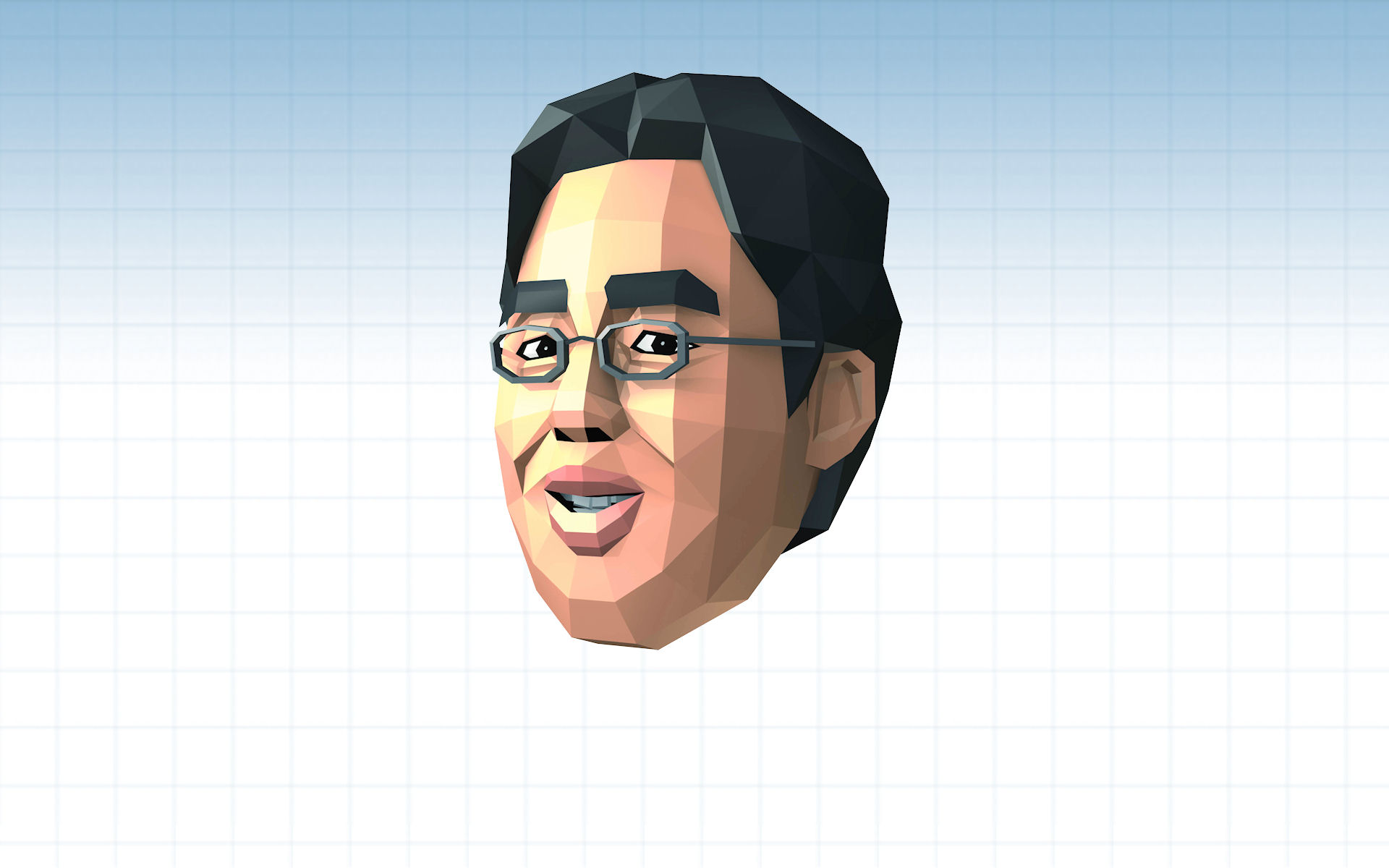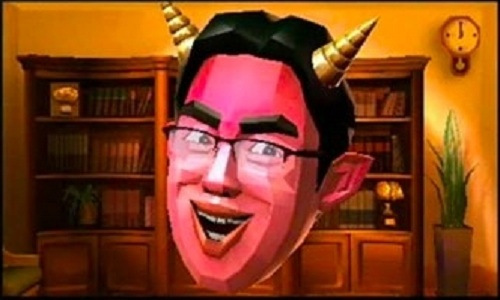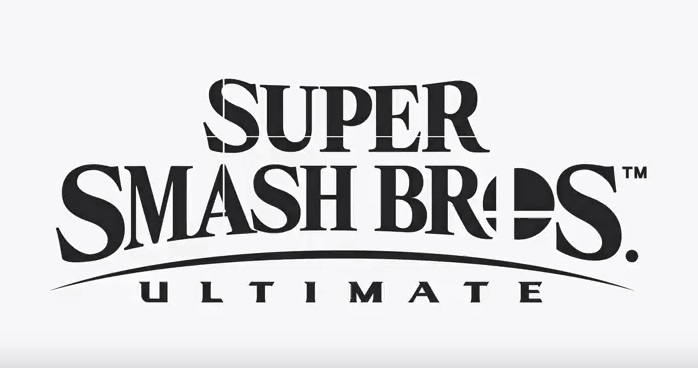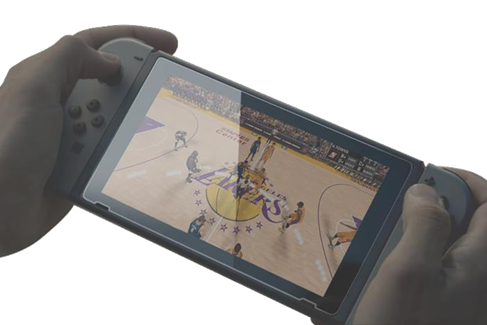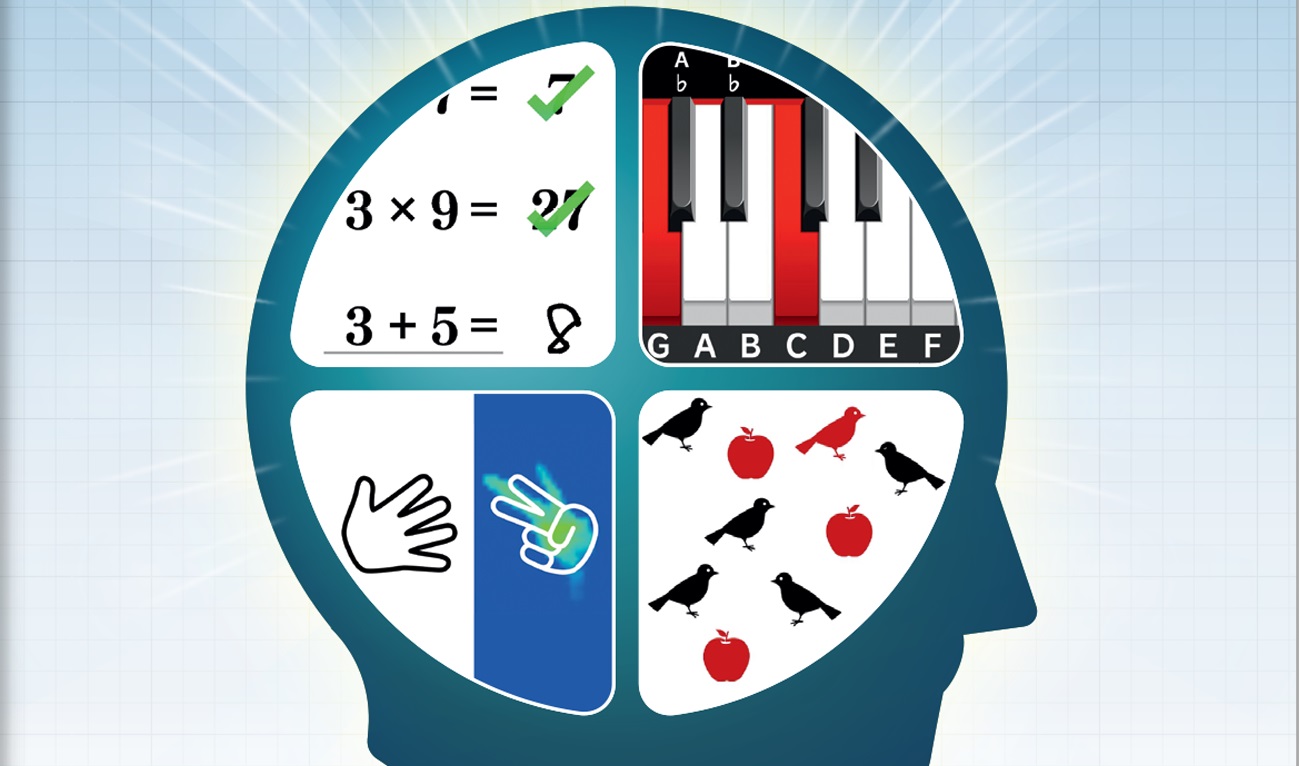
15 years ago, Dr. Kawashima’s Brain Training was the reason Mums around the country started buying and playing the Nintendo DS, a feat that saw it tear up the sales charts as a brief phenomenon, with nearly 20 million copies sold. It was at the forefront of Nintendo’s push to expand the appeal of their games beyond their traditional audiences, as it would be shortly followed with the launch of the Wii and the introduction of motion controls. It has a universally appealing premise – making yourself smarter with regular, short, training exercises for your brain, which don’t require any special skill in video games or prior knowledge to enjoy, and distilling your ‘score’ down to a ‘Brain Age’. The younger your brain is, the better you’re doing! Along with a charming, low-poly mascot in the form of Dr. Kawashima, it’s an extremely approachable and easy to understand concept that promises to yield big results. The bundled in Sudoku didn’t hurt either.
After a sequel which yielded similarly big sales, Dr. Kawashima has been fairly quiet in the intervening decade, with a single release on 3DS that didn’t leave anywhere near the impact of the originals. However, Nintendo clearly believe it’s time for a revival with Dr. Kawashima’s Brain Training for Nintendo Switch launching on 3 January, 2020. Bundled with a stylus and with a new array of tricks up its sleeve for a new generation of handheld consoles, it remains a charming and easy way to exercise your gray matter, even if in some areas it hasn’t transitioned successfully into the modern era.
First of all, it’s a little more awkward to play Brain Training this time around. The novelty with the original game was that it required you to hold your DS sideways, like a book, which was fine given the small size of that device. The Switch is of course a fair bit larger, and not really designed to be held vertically, which Brain Training once again asks you to do (except for certain sections), while you write on it using the included stylus. It’s essentially a handheld game, which is why it’s also a little weird that one of its main features is incompatible with the new Nintendo Switch Lite, a smaller console built entirely around being handheld.
Dr. Kawashima’s big new gimmick this time is using the Switch’s IR Motion Camera, housed on the bottom of the right Joy-Con, for several exercises. It’s a pretty cool conceit, as you point the Joy-Con towards your hand and the camera can distinguish different gestures – the main games being a spin on ‘Rock, Paper, Scissors’ where you’re asked to win or lose a hand as quickly as possible, or indicating calculations with the fingers on your hand. While inconvenient to have to keep spinning your Switch from portrait to landscape in order to play these game types, at least it does give you the option beforehand to forego them if you’re unable to or not in the mood. As actual exercises, they’re fun and the camera is surprisingly accurate, even when you get a bit of a run on and start speeding up your finger movements.
Many of the remaining exercises make use of the stylus to write numbers and do calculations, where the handwriting recognition unfortunately feels like it’s stuck back in 2005 as well. Given that you’re meant to be solving problems as quickly as possible, being stalled on a single input because the Switch can’t read the 4 or 5 or 7 you’ve written is incredibly frustrating. However, this is something that could be corrected with an update, which hopefully makes its way to users after launch.
Despite these niggles, the cumulative effect of these exercises in daily training is positive, and you will start finding yourself achieving better scores as you get quicker with calculations, or memorising words or images. It’s as fun as it was in the original to continually test yourself in these timed challenges, and the game encourages short play sessions so that you don’t get sick of its catalogue too quickly. While the charming Dr. Kawashima will pop up from time to time to give you some insight into what each exercise is meant to encourage, I do sometimes wish he was a little more helpful in giving advice on techniques for memorisation or calculation, but alas he does little to actually educate you as you go along.
Of course, there’s a couple of mini-games included that are a bit more lengthy, as both Sudoku and Germ Buster from the earlier Brain Training titles return. Sudoku is exactly what it sounds like, an extensive collection of Sudoku puzzles separated by difficulty, while Germ Buster is a version of Dr. Mario modified to work with your stylus. Both are fun, and for many this is where the main value of the title will come from, especially if you have a weakness for either puzzling experience.
There’s also a ‘Quick Play’ mode meant for passing the game around among friends, which utilise the IR sensor and Joy-Cons for multiplayer play. These range from variations on the finger exercises to races to memorisation tests and counting drills. It doesn’t necessarily sound fun but they’re also easy to understand, even for non-gamers, and can quickly get competitive. It’s not a robust party mode, but it’s fun for a couple of rounds with friends, no matter their skill level with games.
While I doubt this will blow up in the same way the originals did, Dr. Kawashima’s Brain Training for Nintendo Switch retains a lot of what was so good about the original games, with their universal appeal and focus on short bursts of training that don’t outstay their welcome. Big new additions like the IR camera exercises are nifty and fun, but some of the old ideas (like holding your Switch vertically) don’t entirely translate, and Switch Lite owners are left out in the cold for a lot of it. Let’s face it though, the Sudoku and Dr. Mario variations alone will be enough for many, Mums or not, to check it out.


